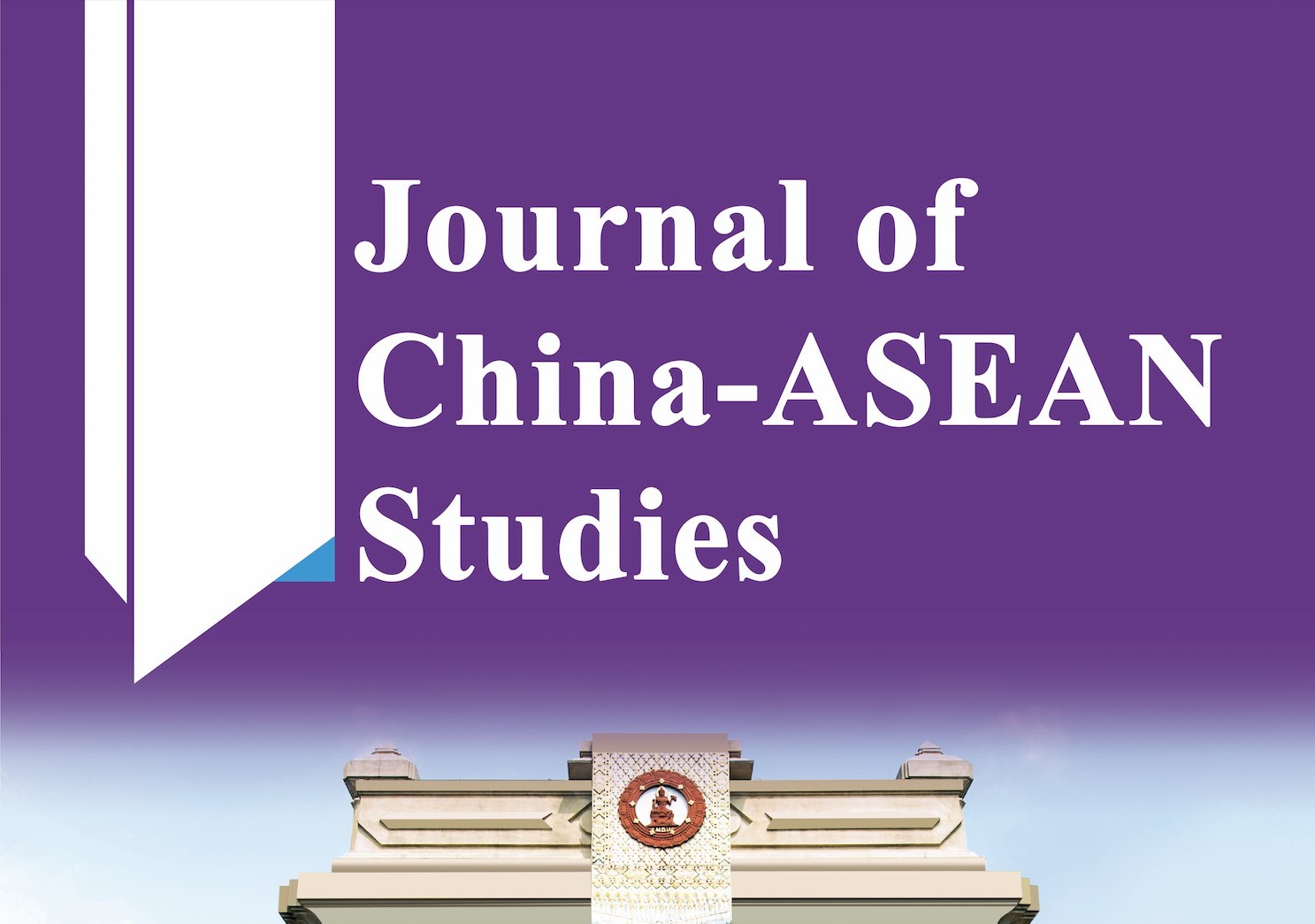A Multidimensional Empirical Analysis of University Undergraduates' Satisfaction: A Case Study of BeiSe University in China
Keywords:
Satisfaction Evaluation, Questionnaire Method, A University UndergraduateAbstract
Against the backdrop of the undergraduate teaching and educational assessment at BeiSe university in China, a satisfaction survey questionnaire developed by the Ministry of Education of China was employed to conduct a university undergraduate satisfaction survey at BeiSe university. Data analysis was conducted using SPSS software. In order to understand students' needs for school teaching resources, teacher instruction, communication and collaboration, and skills enhancement, and to improve teaching quality. The results show that: 1. There are significant differences in overall satisfaction and gender in five dimensions. females' evaluation of each variable is higher than that of males. 2. Different grades have significant differences in five dimensions of university education and teaching, and the evaluation of higher students is higher than those of lower grades. 3. students with different scores have significant differences in five dimensions of university education and teaching, and the evaluation of the higher score students is lower than those with poor academic performance. 4. Different dimensions of satisfaction evaluation are related to the overall satisfaction of the university, and there is a positive linear relationship.
References
Appleton-Knapp, S., & Krentler, K. (2006). Measuring student expectations and their efects on satisfaction: The importance of managing student expectations. Journal of Marketing Education, 28(3), 254–264. https://doi.org/10.1177/0273475306293
Chen, L. Q., & Zhang, W. G. (2019). Research on the measurement and influencing factors of college student satisfaction-empirical analysis based on Herzberg's two-factor theory. Educational Science Research, (3), 65-71.https://doi:10.13933/j.cnki.2096-2134.2019.04.021
Cheng, Y. C., & Tam, W. M. (1997). Multi‐models of quality in education. Quality Assurance in Education, 5(1), 22–31. https://doi.org/10.1108/09684889710156558
De Oliveira Santini, F., Ladeira, W. J., Sampaio, C. H., & Da Silva Costa, G. (2017). Student satisfaction in higher education: a meta-analytic study. Journal of Marketing for Higher Education, 27(1), 1–18. https://doi.org/10.1080/08841241.2017.1311980
Elliott, K. M., & Healy, M. A. (2001). Key factors influencing student satisfaction related to recruitment and retention. Journal of Marketing for Higher Education,10(4), 1-11.https://doi.org/10.1300/J050v10n04_01
Higher Education Satisfaction Research Group (2023). Higher Education Satisfaction research group-based on the 2021 national higher education satisfaction survey analysis. Educational Sciences, 5, DOI:10.16382/j.cnki.1000-5560.2023.05.002
Hunt, H. K. (1977). CS/D-Overview and future directions, in Hunt, H.K. (Ed.), Conceptualization and Measurement of Consumer Satisfaction and Dissatisfaction (pp. 455-488). Marketing Science Institute, Cambridge.
Ijaz, A., Irfan, S. M., Shahbaz, S., Awan, M., & Sabir, M. (2011). An empirical model of student satisfaction: case of Pakistani public sector business schools. Journal of Quality and Technology Management, 7(2), 91-114. https://www.researchgate.net/publication/268350598
Kanwar, A., & Sanjeeva, M. (2022). Student satisfaction survey: a key for quality improvement in the higher education institution. Journal of Innovation and Entrepreneurship, 11(1). https://doi.org/10.1186/s13731-022-00196-6
Oliver, R. L., & Desarbo, W. S. (1989). Processing of the satisfaction response in consumption: a suggested frame work and research proposition, Journal of Consumer Satisfaction, Dissatisfaction and Complaining Behavior, 2, pp. 1–16.
The Ministry of Education of the People's Republic of China (2020), National Education Statistical Yearbook for 2020. http://www.moe.gov.cn/jyb_sjzl/sjzl_fztjgb/202108/t20210827_555004.html






